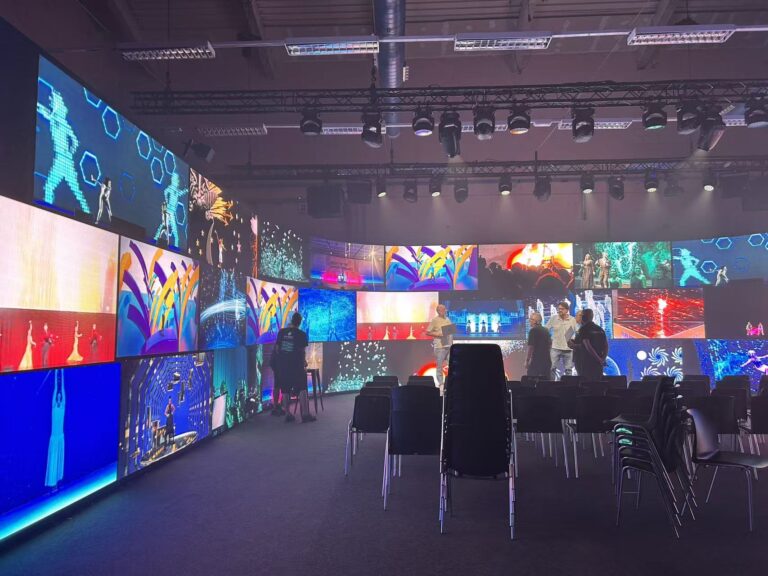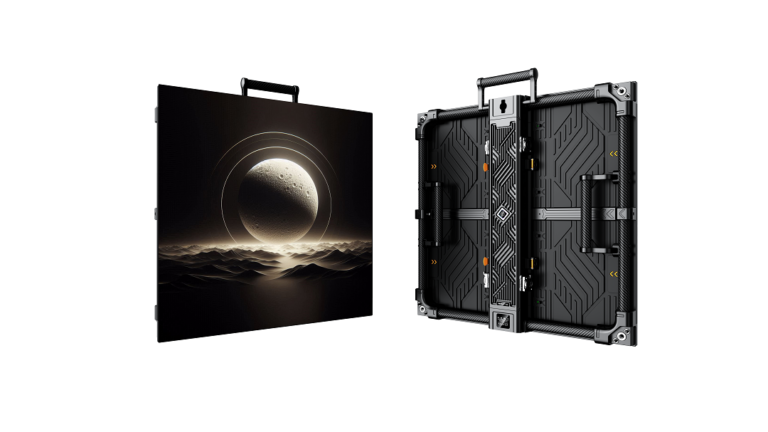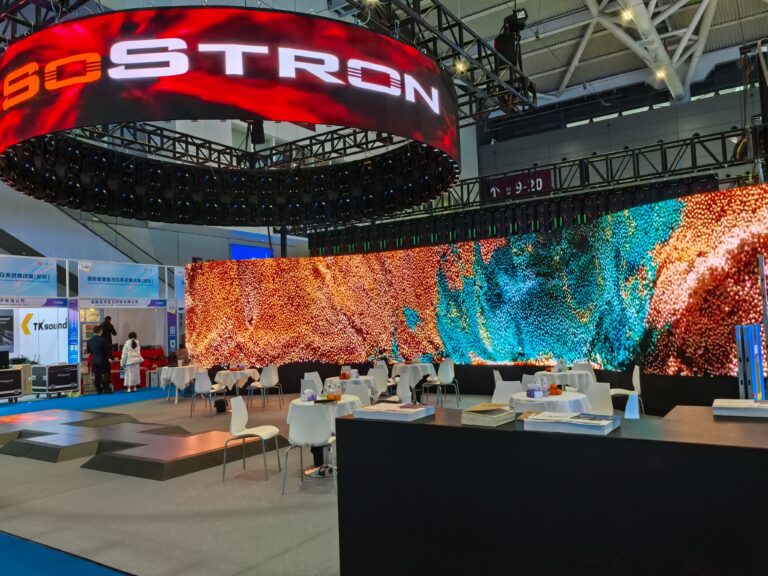Table of contents
What is a holographic screen
Principle of LED holographic screen technology
What are the application scenarios of holographic screen
What are the holographic products
Cost and feasibility of LED holographic screens
The development trend of holographic screen technology
Do you need an LED holographic screen?
What is a holographic screen
A holographic screen is a display technology that creates three-dimensional images or animations that appear to hover in the air. Different from traditional flat display technology, holographic screens can present a realistic three-dimensional effect, giving people the illusion of immersion and touch.
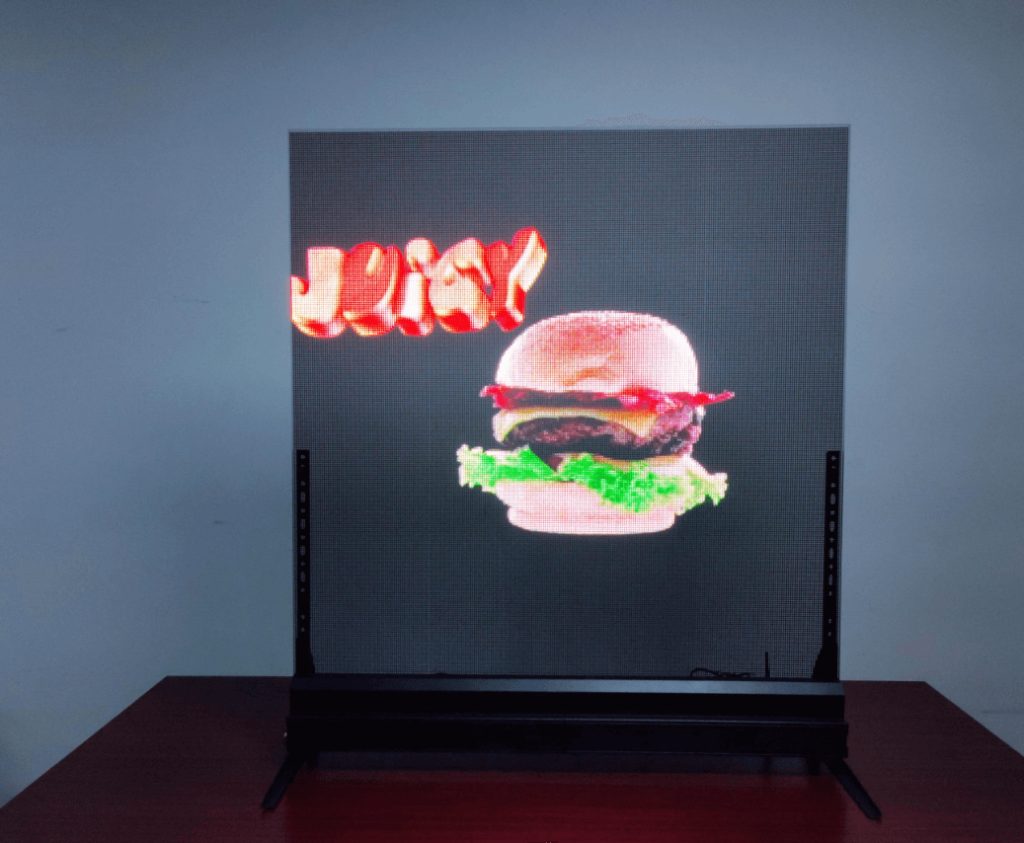
Principle of LED holographic screen technology
LED light array: LED holographic screen consists of hundreds or thousands of small LED lights. These leds are arranged in an array, usually on a flat surface. Each LED can be independently controlled for brightness and color.
Space light modulation: The basic principle of LED holographic screen is to generate the interference and diffraction effect of light wave through space light modulation. Each LED lights up at a different point in time, producing a series of light waves.
Generating a wave front: By controlling the brightness and color of the LED light, a specific wave front, the shape of the leading edge of the light wave propagating through space, can be generated. The wavefront can be flat, spherical, or other shapes.
Holographic coding: In order to display a specific holographic image or animation, the desired image needs to be converted to the corresponding holographic coding. This usually involves breaking the image into the interference and diffraction components of multiple light waves.
Optical reflection and refraction: A lens or reflector is usually placed behind an LED holographic screen. These optics reflect and refract the light waves emitted by the LED, creating a visible stereo image in the sky.
Stereoscopic viewing: Viewing a stereoscopic image in the air from an observer’s point of view. Due to the interference and diffraction effects of light waves, the observer can see the image from different angles, creating the illusion of stereo.
There are many kinds of holographic screen technologies, including transmission holographic screen, reflection holographic screen and TV holographic screen. The transmitted holographic screen forms an image by spreading the light beam through the object, the reflected holographic screen presents the image by reflecting the light beam on the surface of the object, and the television holographic screen applies the holographic technology to the field of television display to realize the visualization of holographic video playback.
What are the application scenarios of holographic screen
Holographic screen technology has a wide range of application potential. The following are some application scenarios of holographic screens:
Entertainment and experiences: Holographic screens can be used to create realistic virtual and augmented reality experiences to provide audiences with immersive entertainment content such as holographic movies, holographic games and virtual concerts, among others.
Advertising and display: Holographic screens can capture people’s attention and be used to display products, services and advertising content at commercial venues, fairs and events. Holographic projections and holographic displays can create impressive effects and attract the attention of potential customers.
Education and training: Holographic screen technology can provide new teaching tools and learning experiences for education and training. It can be used to create vivid three-dimensional models, anatomical images and scientific demonstrations to make the learning process more interactive and participatory.
Product design and demonstration: Holographic screens can be used in product design and demonstration to help designers and engineers show off their creative ideas and product prototypes. Holographic displays allow people to better understand how products look, function and interact.
Medical and anatomy: Holographic screens can be used in the fields of medicine and anatomy to help doctors, researchers and students better understand human body structure and disease conditions. It can be used to display human organs, surgical simulations and medical images. Take you 5 minutes to understand the medical LED display.
Arts and Culture: Holographic screen technology offers artists and cultural institutions new ways to create and display their work. Holographic art works can present unique three-dimensional effects to attract the interest and participation of the audience.
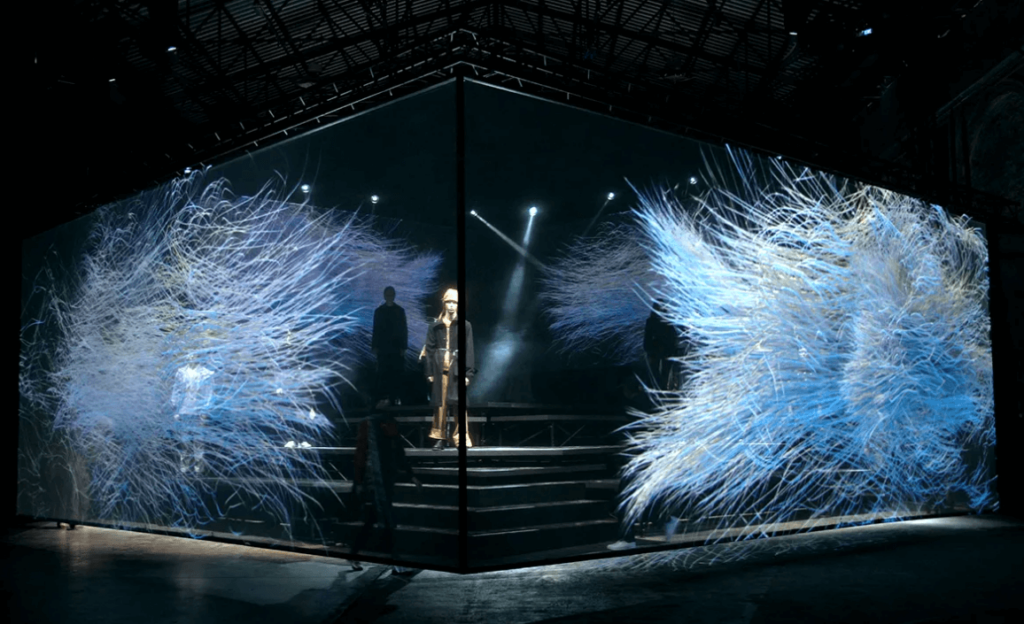
What are the holographic products
Holographic products are products made using holographic screen technology. The following are some common holographic products:
Holographic phone: Holographic phone is a kind of smart phone with holographic screen technology. It is capable of displaying realistic stereoscopic images and videos, providing users with visual effects different from traditional flat screens.
Holograms: Holograms are wearable devices equipped with holographic screen technology. It can render images from virtual and augmented reality applications in holographic form, enabling users to view realistic stereoscopic content in a real environment.
Holographic projection equipment: Holographic projection equipment uses holographic screen technology to project images into the air, creating a three-dimensional effect that appears to levitate in the air. This device is commonly used for displays and demonstrations and can produce dramatic results in a variety of Settings.
Holographic display: A holographic display is a special device capable of displaying a product, model or image in holographic form. It can be used in commercial exhibitions, product demonstrations, education and other occasions to attract the attention of the audience.
Cost and feasibility of LED holographic screens
The cost and feasibility of LED holographic screens vary based on a number of factors, including screen size, resolution, technical complexity, and market demand. The following are general considerations regarding the cost and feasibility of LED holographic screens:
Manufacturing cost: The manufacturing cost of LED holographic screens is usually higher. This is because LED arrays require a large number of LED components, as well as complex optics and control systems. In addition, high precision calibration and adjustment may be involved in the manufacturing process, increasing the cost.
Material cost: The materials used in LED holographic screens may also have an impact on the cost. High quality LED lights, optics and ancillary equipment can add to manufacturing costs. In addition, special material requirements and supply chain costs may also add to the overall cost.
Resolution and size: The higher the resolution and size of an LED holographic screen, the higher the cost usually. High resolution requires more LED lights and more complex control systems. Larger screens require more components and larger manufacturing processes.
Viewing Angle and viewing experience: Viewing Angle of LED holographic screen is crucial to viewing experience. Larger viewing angles often require more complex optical designs and additional technical support, which may increase the cost.
Application field and market demand: The feasibility of LED holographic screen is also related to the specific application field and market demand. Some industries and venues may be more willing to invest in novel display technologies, while others may be cost-sensitive or not in high demand.
Although the cost of LED holographic screens may be high at present, the cost is expected to decrease gradually as the technology progresses and the market matures. This will make LED holographic screens more feasible and adopted in a wider range of applications. In addition, as market demand grows, more competition and innovation are likely to emerge, driving cost reductions and technological improvements.
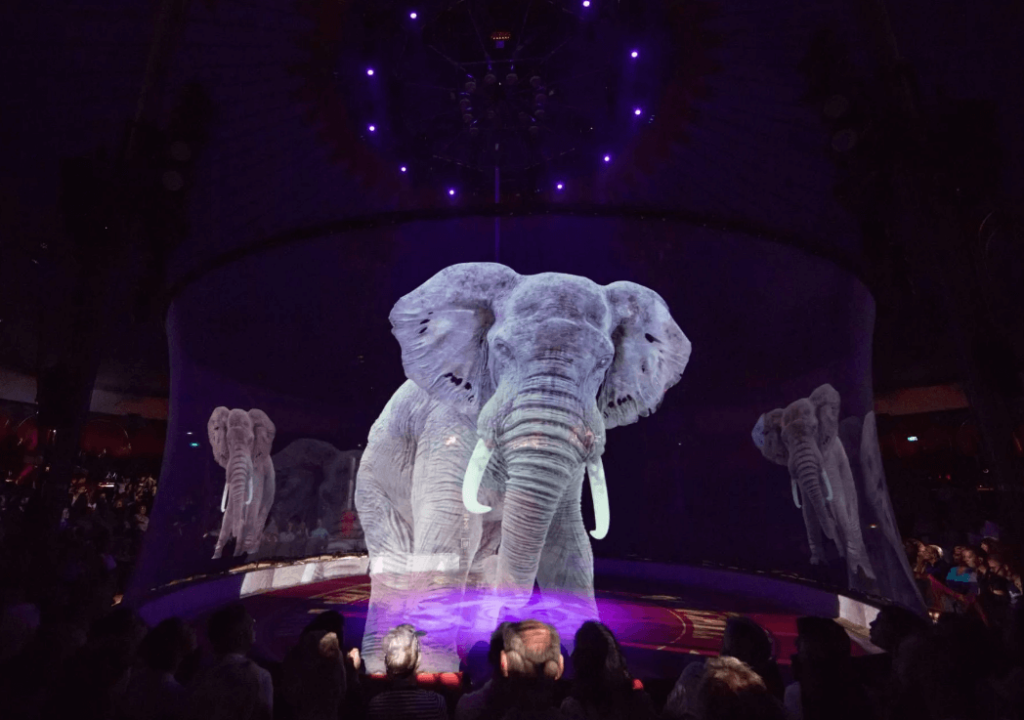
The development trend of holographic screen technology
Holographic screen technology is a growing field. Here are some of the trends of holographic screen technology:
Improved visualization: A major goal of holographic screen technology is to provide more realistic and realistic three-dimensional images. Future developments will focus on enhancing image sharpness, color brilliance and dynamic range to achieve more realistic visual effects.
Multi-angle viewing: Current holographic screen technology often requires the viewer to view the image from a specific Angle to get the best results. Future developments will focus on enabling multi-angle viewing, allowing viewers to enjoy stereoscopic images from different positions and angles.
Increased interactivity: The development of holographic screen technology will also focus on increasing interactivity. People want to be able to interact with holographic images, for example to control and manipulate them through gesture recognition or touch.
Miniaturization and portability: Current holographic screen technology often requires large equipment and complex setup. Future developments will focus on achieving greater miniaturization and portability, enabling holographic screens to be integrated into a variety of devices, such as smartphones, glasses or wearables.
Innovative application field: holographic screen technology application field still has great development potential. Beyond entertainment and advertising, holographic screen technology is likely to find wider applications in education, healthcare, design, virtual reality and augmented reality.
Do you need an LED holographic screen?
If your product needs an eye-catching display, LED holographic screens can present images and video content in a very eye-catching way. If you need to grab the attention of your audience at an exhibition, event or store, LED holographic screens can help you do just that.
If your product requires branding, holographic screens can be used to enhance branding and promotional campaigns. You can create engaging ads and branded content to drive brand awareness and awareness.
If you want to express the innovation and uniqueness of your product: Holographic screens are often considered a unique and high-tech display method that can enhance your image and attract more target audiences.


